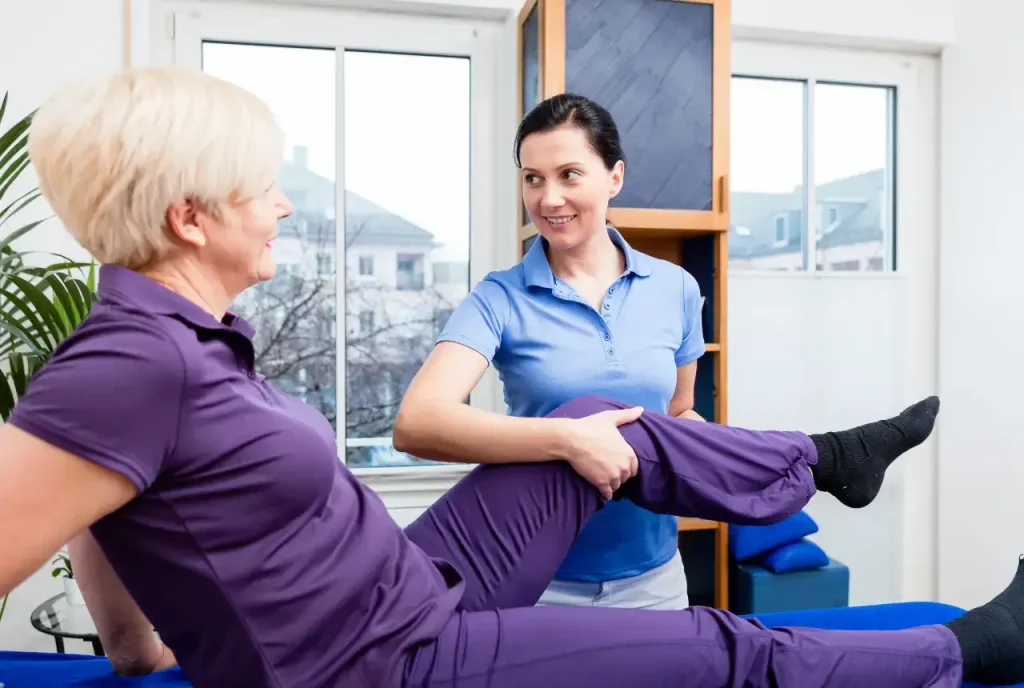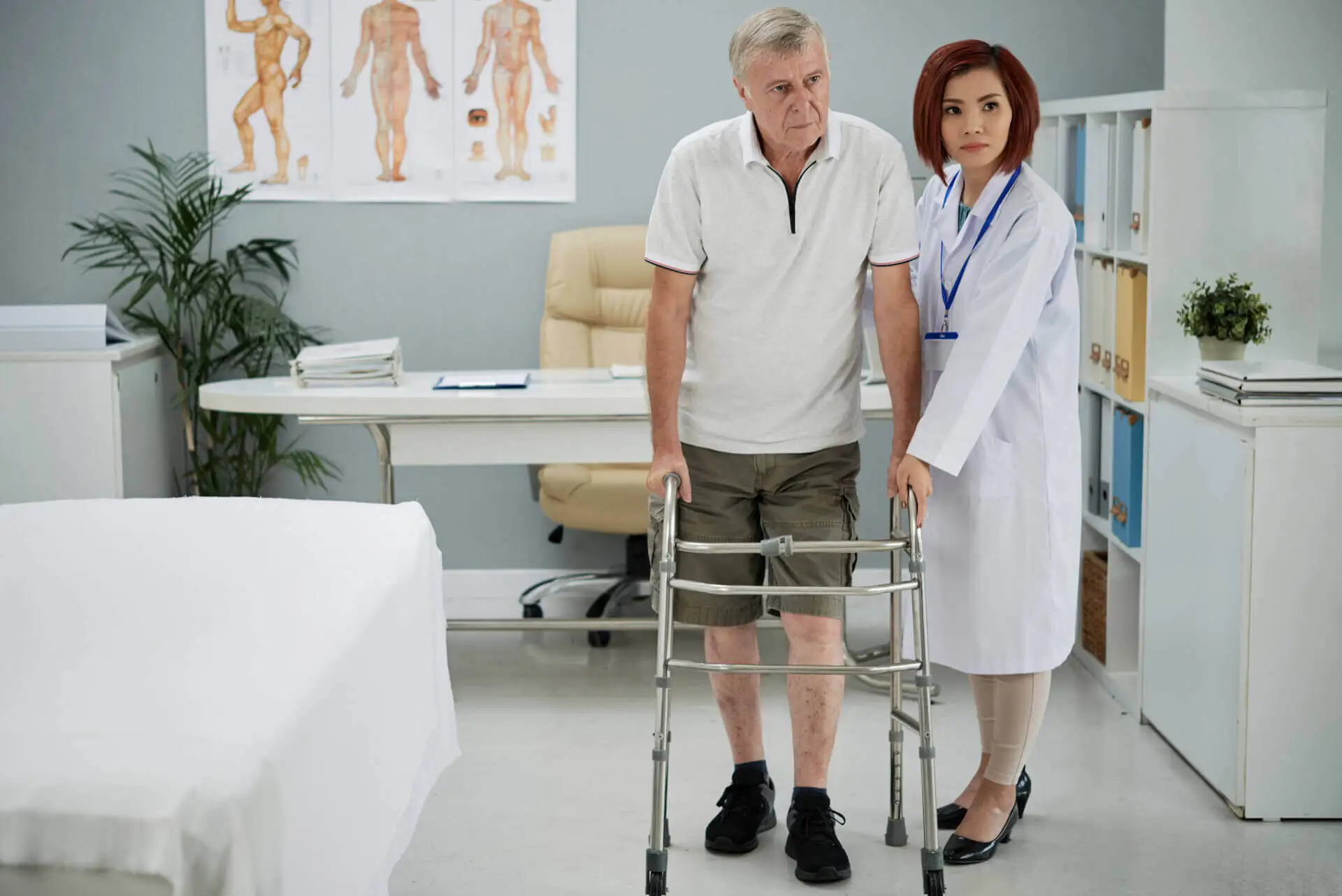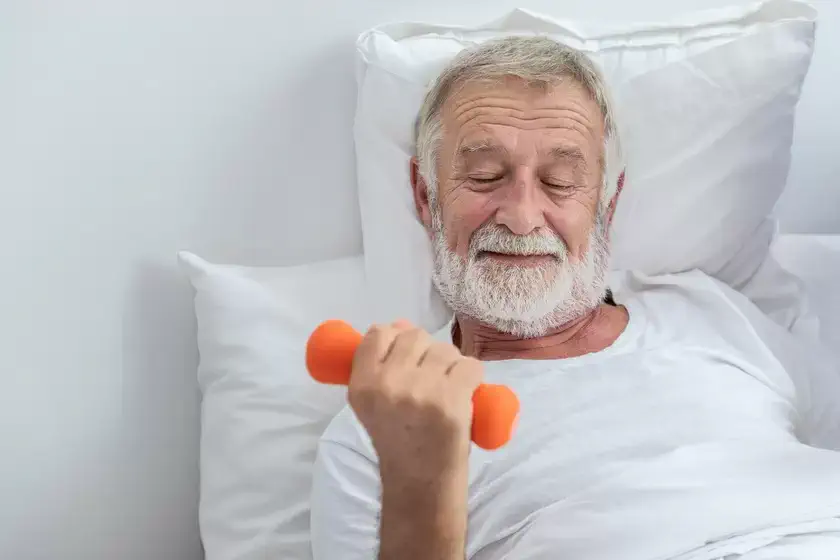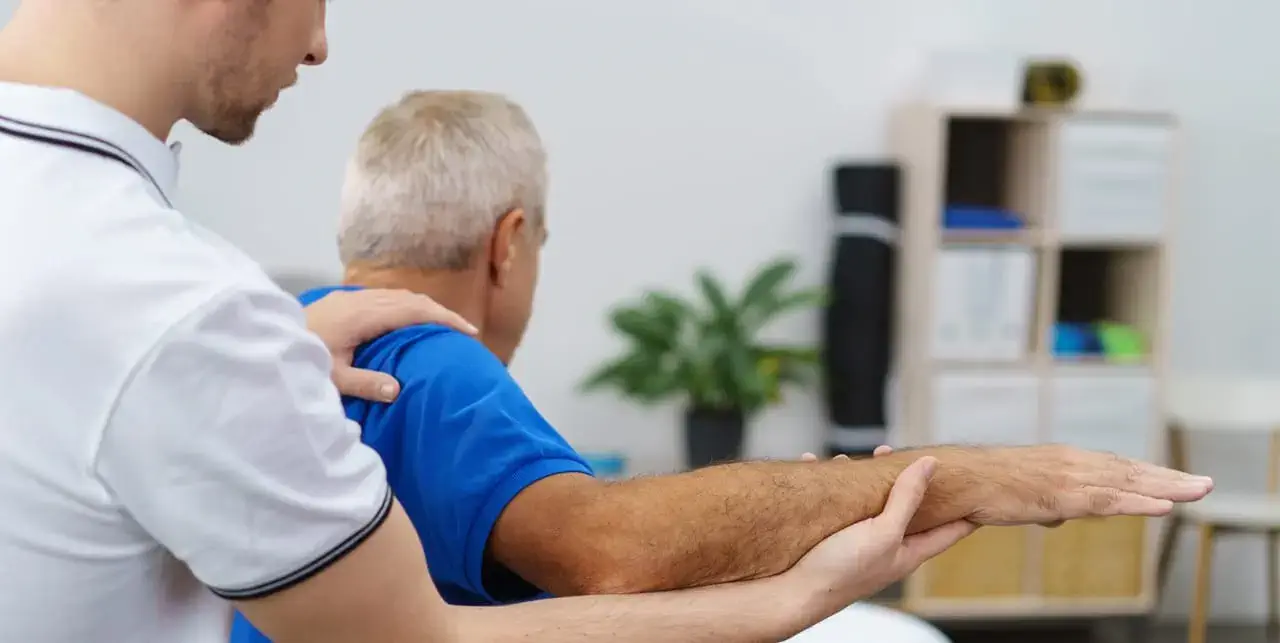
Activities for Bedridden Patients: Simple & Efficient
Do you know that fun exercises for seniors during hospitalization is associated with faster recovery. A Bedridden person should rest and stay in bed most of the time until they recover. It’s true that rest is important, but you may not know that too much sitting or bed rest can make things worse, slow the healing process, and lead to more health problems. Then, what to do? The answer is simple: activities for bedridden patients.
If you are sick or have an injury, you may not be allowed to get out of bed, but it is still good to exercise. Conditions such as sciatica or muscle injuries may make it difficult for you to move. But when you rest in bed, you can help improve and maintain your physical health by building endurance. In this article from humanhealthmag, we have collected some ideas about how you can exercise in bed.
Why is Physical Activity important for Bedridden Patients?
Carrying out various activities, both mental and physical, is very important for hospitalized patients and there are several reasons for this importance.
Mental activities such as best pc games for older adults, reading, solving puzzles and learning new skills help strengthen memory, improve concentration and reduce depression. On the other hand, physical activities such as breathing exercises and stretching help strengthen muscles, increase flexibility and improve blood circulation.
Light physical activities, even simple stretches, help to strengthen the body’s immune system and increase the body’s resistance to diseases. At the same time, performing appropriate activities will make the body recover faster and return to normal.
Long-term immobility can cause complications such as muscle weakness, blood clots, decreased bone density, and breathing problems. Performing appropriate activities such as dynamic balance exercises for seniors helps prevent these complications. Remember that doing different activities will not only help you improve your physical condition, but also help you cope with the disease in a better mood and return to your normal life.

How Does Exercise Help with Diseases?
Patients who have recently undergone surgery, patients who have limited mobility as a result of an accident, and patients with musculoskeletal disorders and athletes can benefit from the many benefits of exercise therapy. Activities for bedridden patients is useful to reduce the following:
- Shoulder pain
- Elbow and wrist joint pains
- Hip pain
- Knee joint pains
- Ankle joint pains
- Pelvic lumbar pains
- Spine pain and deviation
- Muscle and ligament pains
- Complications after orthopedic surgeries
- Prevention and treatment of osteoporosis
- Prevention of the development of arthritis of the joints
- Protecting health and preventing joint and muscle pain
One of the normal reactions to back pain is to not take it too seriously by staying in bed or at least not doing strenuous activities. Although this is reasonable and understandable, and recommended even in the short term, when done for more than a day or two, it is detrimental to the recovery of back pain. Instead, back pain exercises are often necessary to rehabilitate the spine and help relieve and treat back pain.
When dynamic exercises for back pain are done in a gradual, progressive and controlled manner, they distribute nutrients to the disc space and soft tissues of the back and help to keep the back disc, muscles, ligaments and joints healthy. As a result, performing low back pain exercises routinely helps patients to prevent muscle stiffness and weakness and lower back pain and reduce the intensity and duration of pain caused by back pain. In general, the exercises that are recommended for the treatment of back pain are divided into three general categories.
- Stretching exercises
- Strength training
- Aerobic exercises

Activities for Bedridden Patients
Many diseases can be treated using exercise or prevent their progress. Among these diseases are musculoskeletal diseases, which include shoulder pain, back pain, neck pain, knee pain, and all kinds of arthritis. Patients who remain motionless in bed have problems with blood flow in their body, which may eventually lead to Bedsores (pressure ulcers). Therefore, it is important for patients who rest in bed to have some flexibility to avoid bedsores. In the following, we mention 9 activities for bedridden patients to take care of these people.
- Raise your legs as high as you can
This exercise will contract your abdominal muscles. It is enough to raise your feet 15 cm above the bed. Keep doing this until you feel tired. This exercise will also help the blood circulation in your body.
- Turn on your stomach and raise your legs
This exercise will work on your buttock and back muscles. You may feel pressure on your spine while performing this exercise, so do not do this exercise if you have a back injury.
- Dumbbell chest press
You can use light dumbbells to perform this exercise. First, choose a suitable pair of dumbbells and lie down on the bed. To start the movement, the hand should be straight and extended and the dumbbells should be above the chest. Lower the dumbbells to your chest and then slowly move the weight up. When lowering the weights, try to have a 90 degrees angle between your elbow and arm.
- Lower body stretching exercises
To perform lower body stretching exercises, you can easily lie on your back and bring your knees as close to your face as possible.
- Lower body workout with gym ball or fitness balls
Place your lower body, from the knees down, on the ball and rest your hands on the floor. Now move the ball and try to control it with your feet.
- Gently exercise your neck by moving it from side to side
You can do this exercise with or without a pillow under your neck. By this method, your neck and shoulder muscles will be stimulated. This exercise will also help the blood circulation in your brain.
- Using a sponge ball to soften the fingers
By pressing the sponge balls with your fingers, the nerves ending at your fingertips are stimulated and activated. This exercise also helps your healing process! Press the ball with your fingers and palm and release it. And repeat this process as much as you can.

Stroke Rehabilitation Exercises
Activities for bedridden patients, especially patients who have suffered a stroke, is an important tool for patients who want to improve their mobility. Research shows that there is a critical time period of 6-8 months after a stroke when the greatest recovery occurs with rehabilitation.
After a person suffers a stroke, it can take up to 6 months for him to regain movement. Performing sports and rehabilitation exercises after a stroke restores movement power in the patient. In general, it can be said that sports movement after a stroke is divided into several categories, which include movements related to hands, legs, and sports to maintain body balance.
Specific exercises for the legs can help survivors improve their strength, gait (how to walk), and balance. Leg exercise can also help reduce the risk of falls, which is a priority for all stroke survivors. Arm exercises are especially helpful for returning to activities of daily living such as dressing and using the toilet. Be sure to include stroke recovery exercises in your daily routine.
Concluding Remarks
Disease doesn’t stop life. Illness and hospitalization, although it creates limitations, but it does not mean the end of an active and enjoyable life. With proper planning and various activities, you can enjoy life even during illness.
Mental activities such as reading, solving puzzles and learning new skills and gentle physical activities such as breathing exercises and stretching can help improve mood, strengthen the body and speed up the healing process. These activities can be done with the help of a nurse or physiotherapist according to the patient’s condition. Even simple movements like moving your fingers and toes or rotating your wrists and feet can help improve blood circulation and prevent joint stiffness.
The most important thing is to choose appropriate activities with the doctor’s advice and according to individual conditions and do them patiently. Remember, even the smallest activities can have a big impact on your quality of life.

Frequently Asked Questions
What Mental Activities Do You Recommend for Bedridden Patients Who Are Unable to Do Much Physical Activity?
There are a variety of mental activities that can help patients spend their free time well and stay mentally active. These activities include reading books, magazines or newspapers, solving tables and puzzles, listening to music, watching movies and series, learning a new skill such as a language or playing an instrument, as well as writing memories, poems or stories.
What Type of Gentle Physical Activity Do You Recommend for Patients Who Are Bedridden?
Light and gentle exercises for patients who are unable to perform heavy physical activities due to illness can help improve blood circulation, increase flexibility, reduce pain, and also strengthen muscles. Some of these exercises include simple breathing exercises, gentle stretching exercises in the joint range of motion, massage therapy to relax muscles and reduce tension, as well as physical therapy to improve muscle and joint function.
